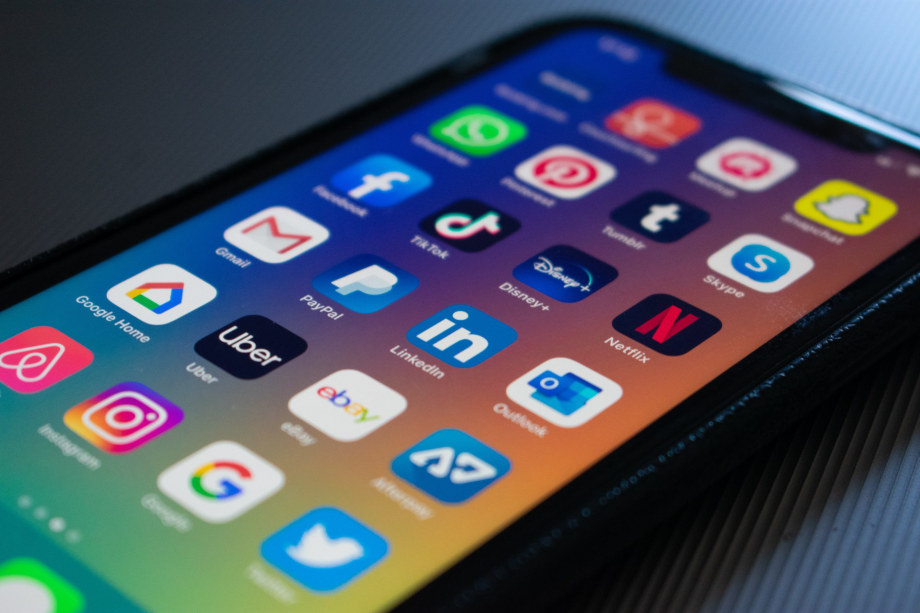
How to Stand Out on LinkedIn
Best Practices for Keeping Your Profile Engaging & Current
LinkedIn has become as essential as your resume and a business card when you’re searching for a job and networking. As a 10-year social media professional, I’ve used LinkedIn to not only search for jobs myself but also to recruit team members and connect with colleagues and industry professionals. Here are some tried and true methods I’ve learned to help your profile stand out on LinkedIn.
1. Complete the Basics
Often, the basics are overlooked by job seekers. Fill out this information. It helps your profile show up in search results when recruiters are searching for a specific skill set or experience and showcases your capabilities. Here’s a quick checklist of items.
- Profile Picture – Upload a professional photo of yourself (no group photos), preferably a headshot from the shoulders up. If you don’t have one, head outside (natural lighting is better) and get someone to take a quick picture of you with your phone or camera so that it’s not a selfie.
- Headline & Bio – Your headline and biography sections are your elevator pitch! It tells a prospective employer why you are the ideal employee in your industry. The headline can be a couple of quick words such as, “Information Technology Graduate” or “Hospitality Worker Professional”. Your biography should be a well-thought-out paragraph introducing yourself, your professional/educational experience, and things about yourself that showcase your personality and work ethic.
- Contact Information – While people can message you directly through LinkedIn, include an email address as well. This makes it easier for recruiters to reach out about job postings.
- Custom URL – Create a custom LinkedIn URL so that you can include your it on your resume or in email messages easily.
- Education – This is where you will identify the certifications and degrees you’ve achieved in your educational career. Include your high school diploma or GED as well. If you’ve graduated from a Generation USA program, you can identify Generation USA as your school, put the name of the program as your major, and the year you graduated.
- Employment – Put all your places of employment here! Follow the same format you would on a regular resume. If you haven’t had a job in your professional industry before, list any jobs or internships you’ve had and describe why you were a model team member. Prospective employers are looking for more than just technical skills. They want to see you will work well with others and have the right mindset for any job.
- Licenses & Certification – If you passed certification tests, this is where you will detail the credential and accreditor.
- Volunteer Experience – Prospective employers like to see that you are a well-rounded individual. If you have any volunteering experience, no matter how small, list it here. Read more about how this Generation USA employee’s volunteer experience enhanced her career here.
- Skills – List both the technical and soft skills you’ve acquired through work experience and education.
2. Connect & Network
When you add connections on LinkedIn, it helps grow your professional network and increases your profile visibility. Connections can also recommend you for job openings. Connect with friends, classmates, instructors, colleagues, and supervisors on the platform.
Join LinkedIn Groups in your field. This will help you network with others and demonstrate initiative to recruiters.. Keep in mind that LinkedIn is not the same as Facebook or Instagram. This is a place to be friendly but professional with your connections.
3. Status Updates
A good way to keep your profile at the top of the feed and increase visibility is to post periodic status updates. Here are some good examples of what to post.
- Starting a new job
- Job promotion
- Thoughts on an industry trend
- Any new courses taken
- New certifications
- Results of a project you worked on
- Volunteer experience
4. Give & Get Recommendations
Recommendations are a great way for you to present your abilities and work ethic to potential employers. Reach out to classmates, instructors, coworkers, supervisors or anyone you’ve worked with in a professional capacity to see if they are willing to write you a recommendation on LinkedIn. You can start by proactively writing one for them and request they write one for you.
Include thoughtful examples of why you are recommending someone such as how their input helped on a specific project or how their work resulted in a meaningful outcome for your team.
LinkedIn can be a great resource for you when searching for jobs or networking within your industry. Stand out from the rest with these best practices.
By Kristina Rosario







